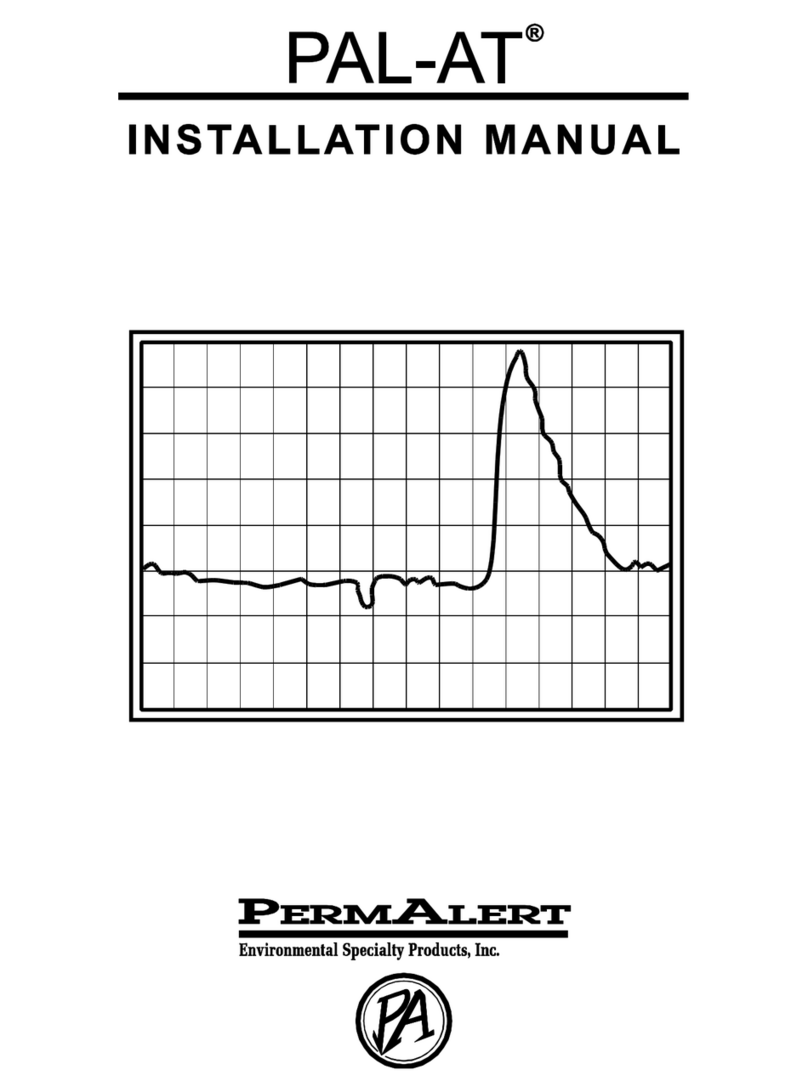
PAL-AT Operating Manual
2
2.4.4 Alarm Queue ..................................................................................................... 18
2.4.5 Failure to Enter Monitor Mode ........................................................................... 18
2.5 Display Setup ................................................................................................................. 19
2.5.1 Multiple Cable System ....................................................................................... 19
2.5.2 Display Setup Data............................................................................................ 20
2.5.3 Last Section ...................................................................................................... 20
2.5.4 Add Sections ..................................................................................................... 20
2.5.5 Record the Setup Table .................................................................................... 21
2.6 History of Events ............................................................................................................ 21
2.6.1 History Messages – The First Line .................................................................... 21
2.6.2 History Messages – The Second Line ............................................................... 24
2.7 Set Clock ........................................................................................................................ 24
2.7.1 Set the Time and Date ...................................................................................... 24
2.8 Passwords ..................................................................................................................... 25
2.8.1 Establish New Passwords ................................................................................. 25
2.8.2 Delete Password ............................................................................................... 26
2.8.3 Enter Password ................................................................................................. 26
2.9 Special Functions ........................................................................................................... 26
2.9.1 Set Relay Normal States ................................................................................... 26
2.9.2 Select Language ............................................................................................... 27
2.9.3 Set Special Options ........................................................................................... 27
2.9.3.1 Set Alarm Silence Time .................................................................... 27
2.9.3.2 Set Averaging Rate .......................................................................... 27
2.9.3.3 Set Noise Factor .............................................................................. 28
2.9.3.4 Set AutoSilence................................................................................ 28
2.9.4 Set Baud Rates and Data Format ..................................................................... 28
2.9.5 Set System Identification and Ethernet Addresses ........................................... 29
2.9.6 Enter Phone Number ......................................................................................... 30
2.9.7 Display Cable Data............................................................................................ 30
2.9.7.1 Multiple Cable System ..................................................................... 30
2.9.7.2 Starting Distance .............................................................................. 31
2.9.8 Set Test Mode ................................................................................................... 31
2.10 Communications Options ............................................................................................... 31
2.10.1 PALCOM 10 Software ....................................................................................... 32
2.10.2 Customer Software............................................................................................ 32
2.10.3 Modbus RTU, TCP, and RTU over TCP ............................................................ 33
2.10.3.1 Function Code 3 – Read Registers ..................................................... 33
2.10.3.2 Function Code 16 – Preset Multiple Registers .................................... 33
2.10.3.3 Ethernet Auto-Negotiate Selection ...................................................... 35
3 Response to Alarms ................................................................................ 35
3.1 Decisions ....................................................................................................................... 35
3.1.1 Locations ........................................................................................................... 35





























